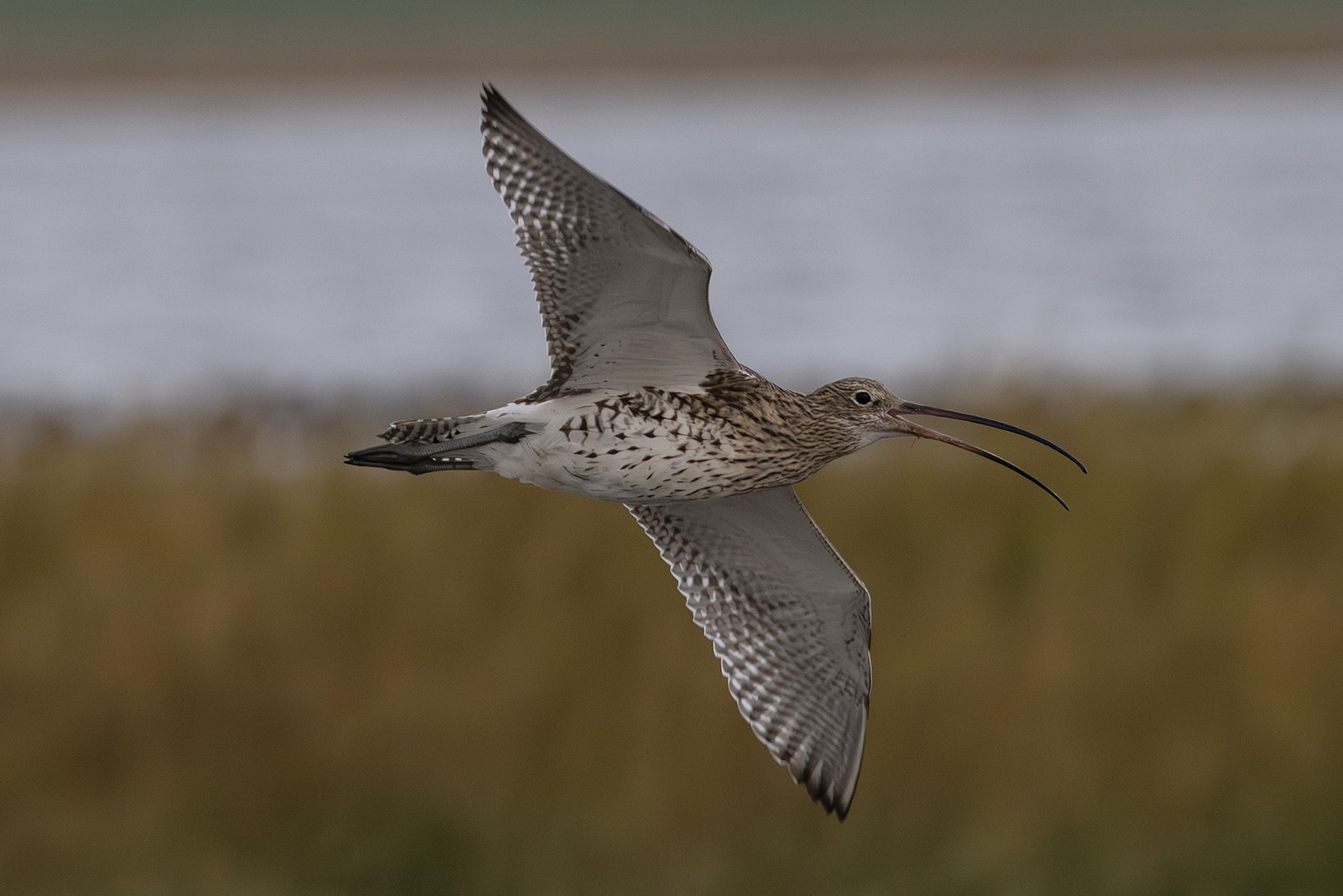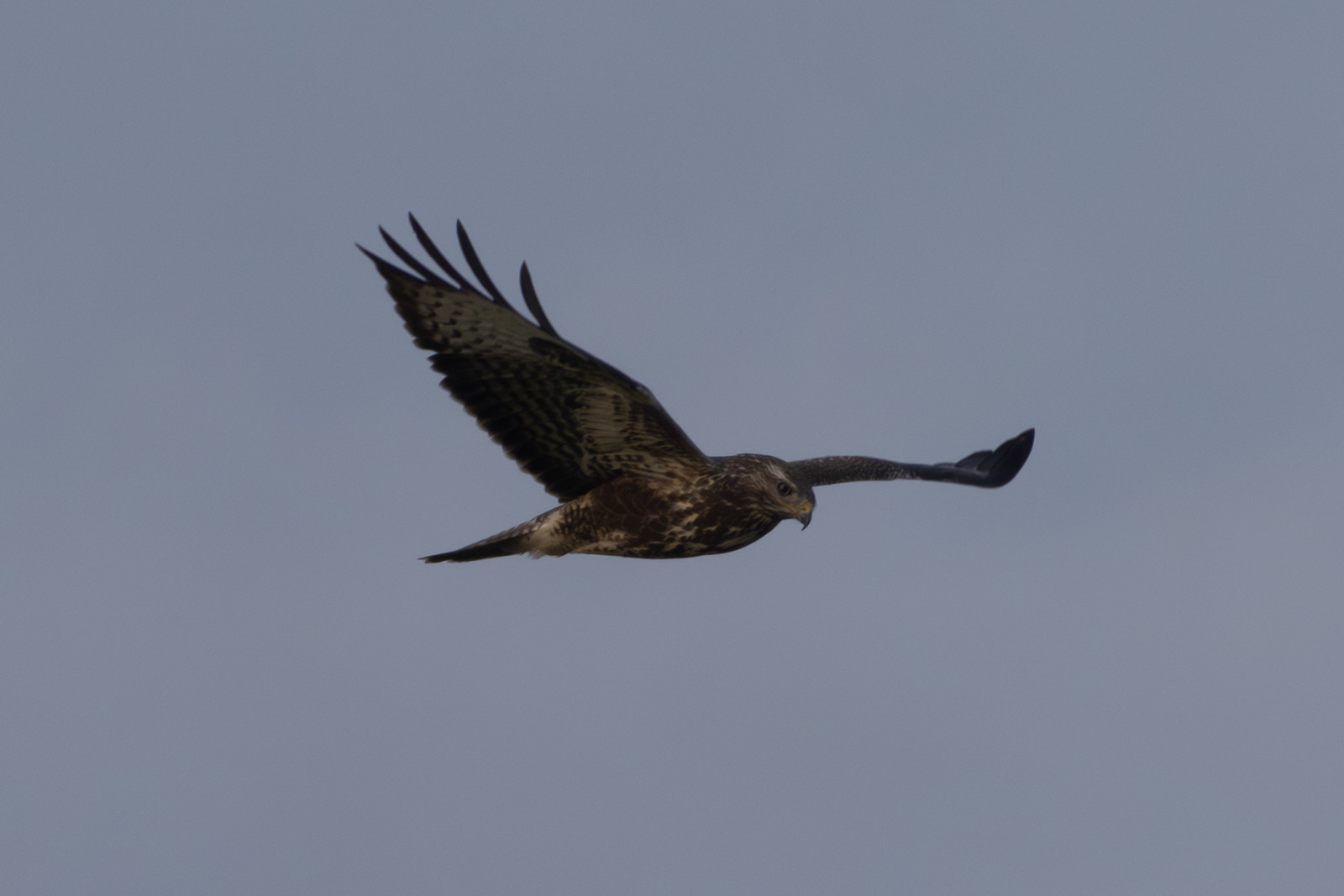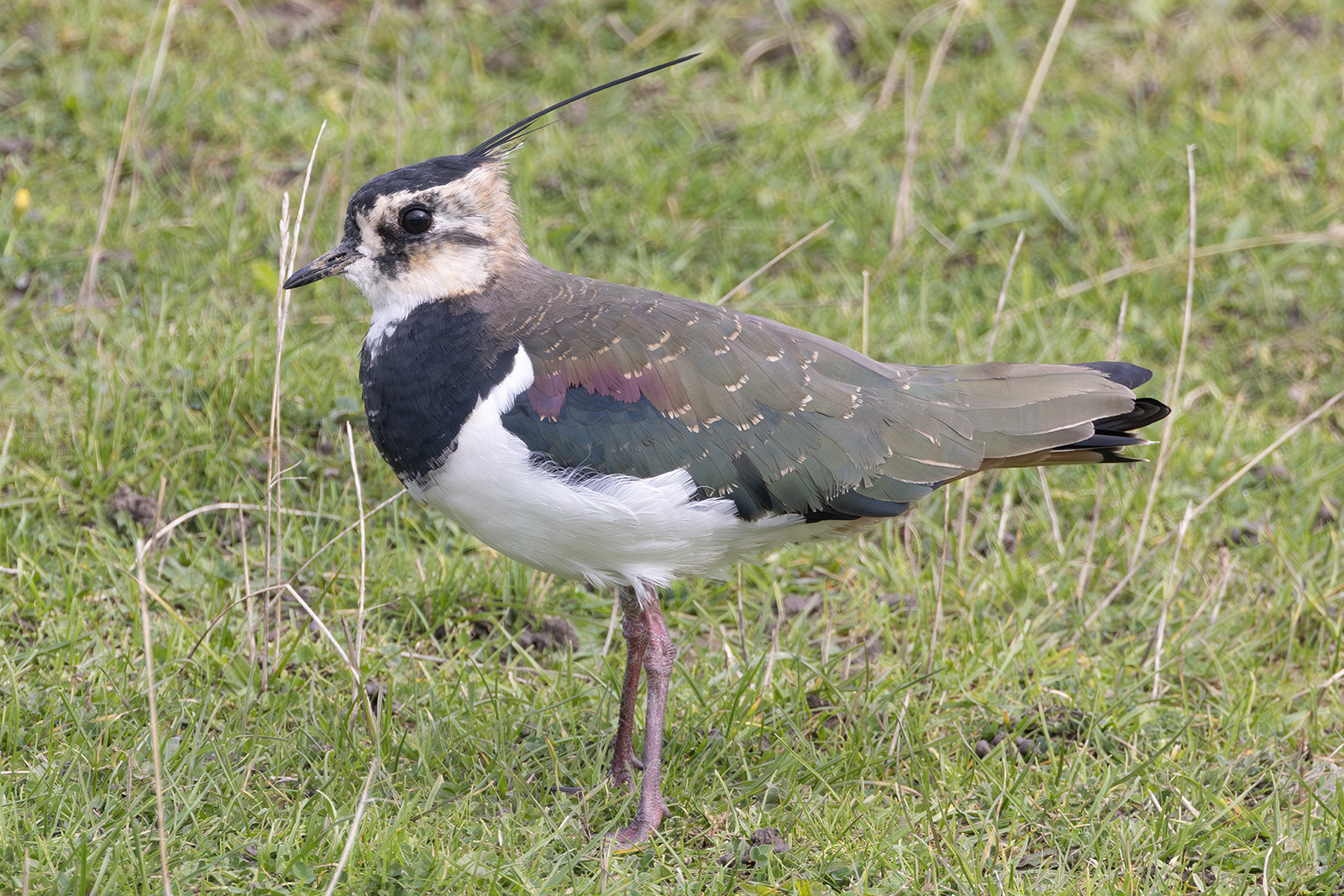Descrizione
The Wadden Sea is one of the most important wetlands for wading and waterfowl in the world. Birds are attracted by the great abundance of food in the Wadden Sea. Over the course of a year, 10-12 million wading birds and waterfowl visit the Wadden Sea every year. Tümlauer Bucht is a large salt marsh area with offshore sandbanks and mudflats. Due to its diversity, it is a habitat for many different bird species. From March - May there are many Oca facciabianca and Oca colombaccio and also Piovanello tridattilo on the sandbank. From May - July: Fratino, Fraticello, Sterna comune and Beccapesci. From July - mid-September flocks of Piovanello maggiore and Piovanello pancianera and many Zafferano. From October - March: Oca facciabianca, Allodola golagialla, Fanello and Zigolo delle nevi.
Dettagli
Accesso
Despite its location between two popular beaches that are intensively used by tourists, and the popular destination of the Westerhever lighthouse, the Tümlauer Bucht is rarely visited by most tourists. To get away from the tourist hustle and bustle you can park at the Tümlauer Hafen (harbor) and explore the area on foot from there.





